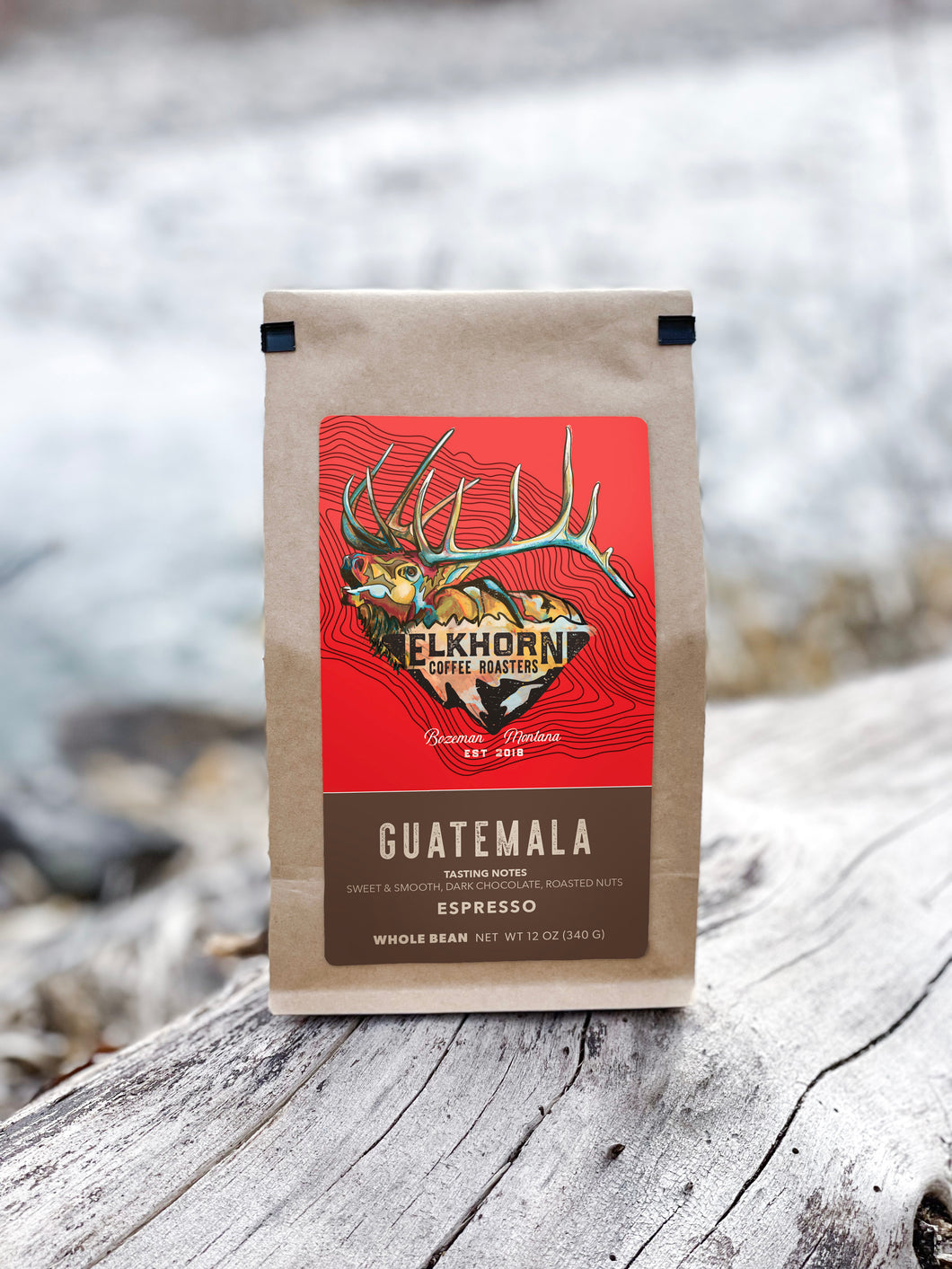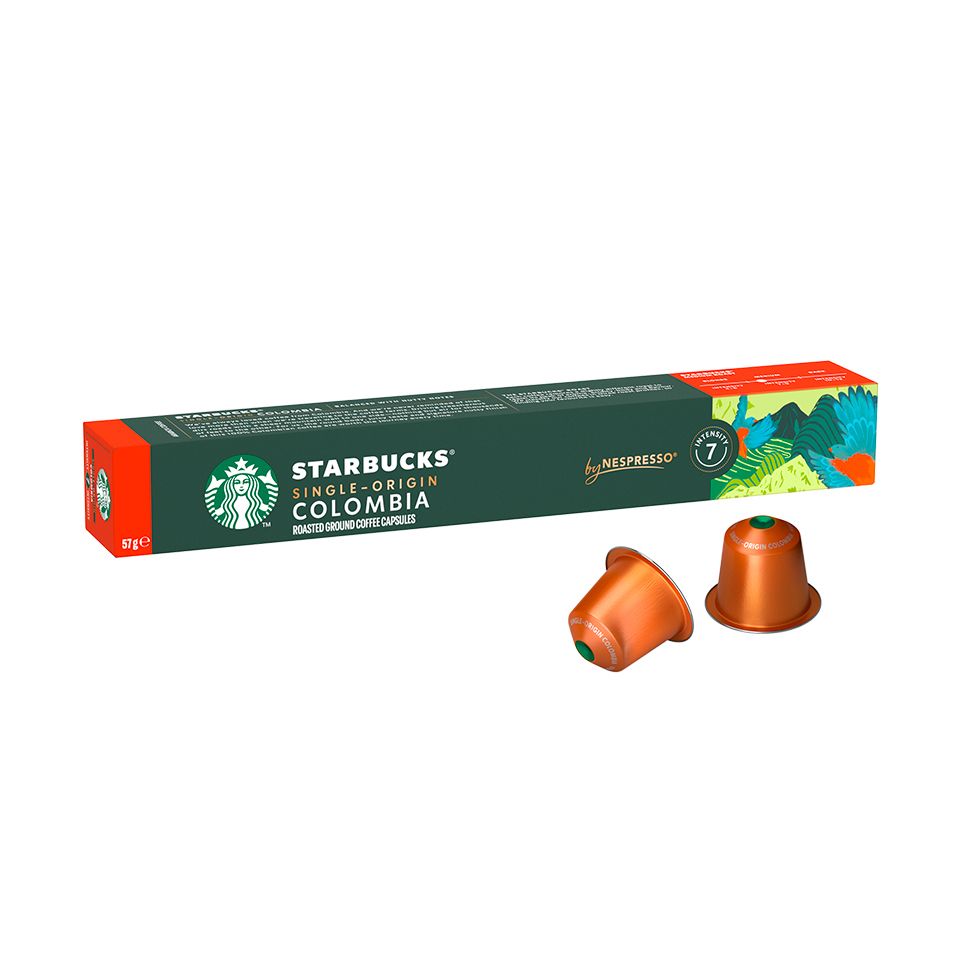The Coffee Lover’s Guide to SOE Single Origin Espresso Beans
The Coffee Lover’s Guide to SOE Single Origin Espresso Beans
Blog Article
Checking Out the Abundant Tastes of Coffee Beans: a Deep Study Espresso and Blended Coffee Beans
When you check out the abundant flavors of coffee beans, you uncover a complicated world where each range brings its very own character to your cup. Understanding the origins, refining techniques, and toasting strategies can transform your coffee experience. As you navigate through the art of coffee and the imagination behind combined coffees, you'll begin to value the subtleties that make each sip distinct. What you'll discover next could alter the way you appreciate your morning brew.
The Origins of Coffee Beans: Checking Out Terroir and Taste Profiles
When you take a sip of coffee, you're not simply delighting in a drink; you're experiencing an abundant tapestry of flavors formed by the beans' beginnings. Each region generates special flavor accounts influenced by soil, altitude, and climate. Beans from Ethiopia typically break with intense, fruity notes, while those from Colombia tend to provide a well balanced, nutty sweet taste.
As you explore different beginnings, you'll discover exactly how terroir-- the ecological aspects influencing a crop-- plays a vital function - Single Origin Espresso. The same coffee selection can taste considerably various depending on where it's grown
When you think about these elements, you start to appreciate the complexity behind your cup. Each sip narrates of the land and the farmers that nurtured the beans. Following time you delight, think about the trip your coffee took prior to it reached your hands, and savor those complex tastes that show its origin.
Comprehending Coffee: The Art and Science Behind the Mixture
When you think of coffee, it's not practically the strong taste; it's also concerning the methods that bring it to life. Recognizing exactly how various preparation methods influence taste can change your brewing experience. Allow's discover the intricacies of espresso preparation and reveal the one-of-a-kind taste accounts that make each cup unique.
Espresso Prep Work Methods
Espresso prep work is both a science and an art, integrating exact strategies with a deep understanding of coffee. To start, you'll want to select premium, freshly roasted beans and grind them carefully for perfect extraction (Single Origin Espresso). The grind dimension is important; also crude, and your coffee will be weak, also fine, and it'll be bitter
The result needs to be an abundant, luscious coffee with a beautiful layer of crema on top. With method, you'll understand these strategies.
Taste Profiles Clarified
The globe of espresso offers a rich tapestry of taste profiles that can raise your coffee experience. You'll observe an equilibrium of sweet taste, resentment, and acidity when you take that initial sip. Each coffee bean carries distinct notes, from fruity and flower to nutty and chocolaty. Light roasts usually display bright level of acidity and vibrant tastes, while dark roasts present deeper, bolder tones.
A well-crafted mix might integrate the bright notes of an Ethiopian bean with the abundant, chocolatey touches of a Brazilian bean. Welcome the trip of finding coffee's diverse tastes, and you'll transform your coffee routine into an amazing adventure.
Handling Methods: Just How They Impact Taste and Fragrance
While it could seem that the origin of coffee beans is one of the most significant element in establishing their flavor and fragrance, the handling methods utilized post-harvest play an equally vital duty. You'll discover that these techniques can drastically alter the final preference profile of your mug.
For example, the washed process removes the fruit from the beans before fermentation, usually causing a cleaner, brighter taste. The natural process leaves the fruit intact during drying, resulting in a sweeter, fruitier account.
Various other techniques, like honey processing, strike an equilibrium, allowing some fruit mucilage to remain, offering an unique intricacy.
Each handling strategy connects with the beans' fundamental features, boosting or silencing particular tastes and scents. So, when you sip that coffee or mixed coffee, keep in mind that the journey from cherry to mug is influenced not simply by origin but additionally by just how those beans were refined.
Roasting Techniques: Unlocking the Full Possible of Coffee Beans
Roasting techniques are crucial for revealing the full capacity of coffee beans, as they transform raw, green beans into the aromatic, delicious coffee you take pleasure in. The choice of roasting approach-- light, tool, or dark-- drastically affects taste accounts. Light roasts protect the beans' all-natural acidity and fruity notes, while tool roasts equilibrium sweet taste and splendor. Dark roasts, on the other hand, stress bold, great smoky tastes.
You can experiment with toasting times and temperature levels to locate your best brew. A slower roast at reduced temperatures permits for complex flavors to create, while a quicker roast can magnify bitterness. Take notice of the splits during toasting; have a peek at this site the first fracture indicates a light roast, while the 2nd crack signals a dark roast. By grasping these strategies, you'll disclose a world of flavor, boosting your coffee experience to new heights. Appreciate every sip, understanding the care that entered into your mug!
The Magic of Blended Coffee: Developing Distinct Taste Experiences
Producing a special taste experience with combined coffee can transform your early morning ritual right into an exploration of preference. By combining various beans from numerous regions, you can disclose a symphony of tastes that elevate your cup to brand-new heights. Each mix deals an unique account, stabilizing body, level look at more info of acidity, and sweetness to create something absolutely special.
When you select a mix, you're not just choosing a coffee; you're picking a journey across varied landscapes and societies. Trying out various mixes allows you to discover your individual favorites, whether you take pleasure in fruity notes or abundant, chocolatey undertones.

Tasting Notes: Identifying the Subtleties in Your Cup
As you sip your coffee, you might notice a range of tastes dancing on your palate, each revealing the ins and outs of the beans. You might taste the intense level of acidity evocative citrus or the deep, abundant notes akin to dark chocolate. The sweetness could stimulate honey or sugar, stabilizing the overall profile wonderfully.
Focus on the body of the coffee-- does it really feel light and ventilated, or is it full and velvety? The surface, as well, uses hints; a remaining aftertaste may hint at nuttiness or floral undertones.

Do not fail to remember to explore the unique characteristics of various origins, as each region presents distinctive flavors - Single Origin Espresso. Ethiopian coffees frequently present fruity notes, while Colombian beans could display a more spherical sweetness. By recognizing these subtleties, you'll grow your recognition for every cup, elevating your coffee experience to brand-new elevations

Developing Techniques: Optimizing Flavor Removal for every single Bean
When you check out the various developing approaches, you'll find that each technique can significantly impact the taste account of your coffee. From French press to pour-over, each method extracts various compounds, enhancing or silencing certain notes. Using a French press enables oils to remain in the brew, developing a richer taste, while pour-over highlights quality and brightness.
Temperature level and grind see page size likewise play important duties. A coarser grind works best for cool brews, while a fine work is suitable for coffee. Try out water temperature level-- between 195 ° F and 205 ° F-- can disclose concealed tastes, too.
Do not forget steeping time; a fast extraction can cause sour notes, while over-extraction might yield resentment. By adjusting these variables, you can take full advantage of taste extraction and absolutely elevate your coffee experience. Appreciate the journey of uncovering what method best fits your taste!
Regularly Asked Questions
What Is the Suitable Water Temperature Level for Brewing Coffee?
The excellent water temperature for brewing coffee's between 195 ° F and 205 ° F. If you make use of water that's also warm, you'll over-extract flavors; as well cool, and you won't extract enough. Goal for that sweet spot for the very best mixture!
Just How Does Grind Size Impact Coffee Taste?
Work size considerably impacts coffee taste. Better grinds essence more oils and tastes, resulting in a bolder taste, while coarser grinds return a lighter flavor. Adjusting work size helps you accomplish your preferred coffee profile.
Are There Health And Wellness Perks Linked With Alcohol Consumption Coffee?

What Is the Distinction Between Arabica and Robusta Beans?
Arabica beans are smoother and sweeter, typically featuring fruity flavors, while robusta beans are stronger with a bitter preference and greater high levels of caffeine content. You'll observe these distinctions in fragrance and developing experience.
How Can I Shop Coffee Beans for Freshness?
To keep coffee beans for freshness, maintain them in an airtight container, away from wetness, light, and warm. You'll preserve their flavor much longer if you only grind what you require right prior to brewing.
Exploring the Abundant Flavors of Coffee Beans: a Deep Dive Into Coffee and Blended Coffee Beans.
When you explore the abundant flavors of coffee beans, you uncover an intricate world where each range brings its own personality to your cup.When you take a sip of coffee, you're not simply taking pleasure in a drink; you're experiencing an abundant tapestry of flavors formed by the beans' origins.Roasting strategies are necessary for revealing the complete possibility of coffee beans, as they change raw, eco-friendly beans into the fragrant, delicious coffee you delight in.As you sip your coffee, you may discover a range of flavors dancing on your taste buds, each exposing the ins and outs of the beans.
Report this page